Strategic seems to be mainstream media shorthand to describe every place the Russian army is aiming at. Cities labelled strategic include Severodonetsk, Bakhmut, Avdiivka, Niu York, Toretsk, Chasiv Yar and Pokrovsk. (But) Severodonetsk, Bakhmut and Avdiivka were all taken by the Russians (at enormous cost) and made little or no impact on Ukraine’s ability to prosecute the war. What is rarely labelled as “strategic” is the Ukrainian offensive into Kursk. (In reality) Ukraine has taken far more land from Russian forces since the summer of 2022 than Russia has taken from Ukraine and Ukraine has more ability to execute operations such as the Kursk offensive than do the Russians. Ukraine has lost a fraction more territory in Donbas, but now occupied a far larger section of Russia.I’m starting this report with a discussion of the word “strategic” in relation to its use in the Russo-Ukraine War. There seems to be a fundamental misunderstanding of the word, and almost everything the Russians try to take is instantly labelled strategic (which the opposite seems to be the case for Ukraine. Moreover, we have some interesting reports coming in this morning of what might actually qualify as a strategic campaign (though it will get less coverage that a village in the Donbas).
There remains a fundamental failure to understand what matters in the course of a war, and this does deserve some thought.
The Abuse of the Word “Strategic”
Pokrovsk is “strategically” important. You should know that as the press has been stressing that point for months. On Friday, the Financial Times published another story clearly stating that.
What this highlights is the extreme over-use and misunderstanding of the word strategic, which seems to be a shorthand to describe every place the Russian army is aiming at. Indeed, there has arguably been no word misused and misunderstood in this war that the word “strategic”. Strategic doesnt mean important or interesting or even well known, it means something of such importance that it materially changes the long term planning and execution of the war. Something “strategic” is of such importance that if one side takes it from the other, the affect will be so great as to change the course and dynamic of the whole conflict.
You want an example—Kyiv is strategic. It it by far the largest Ukrainian city, the seat of the government, is full of war industry, etc etc. You could also make a case that Kharkiv would be of strategic importance because of its size, its industry, its historical meaning etc.
Strategic also are things other than geographic locations. If something changes how much and in what quantity Ukraine gets military support from its partners, that is strategic. If Ukraine can materially destroy a large percentage of Russia’s oil production, that is strategic. If Russia can destroy the Ukrainian ability to generate power this winter, that is strategic.
Note—see below for reports of a Ukrainian campaign against Russian power generation—that definitely could be strategic.
In other words, a strategic city or target really matters in that it can shift the entire balance of the war.
However when it comes to Russian military advances in the Donbas (in an incredibly small area of no strategic importance) the word strategic has been thrown around like cheap candy in a way that makes no sense—and frankly has been shown to be increasingly ludicrous.
Starting with the attack on Severodonetsk in 2022, the Russians have been said to have attacked and taken all these strategic places (often just glorified towns) that have almost no ability to affect the long-term trajectory of the war.
Since then the cities labelled strategic have grown exponentially to include Bakhmut, Avdiivka, Niu York, Toretsk, Chasiv Yar and Pokrovsk. These all come from some of the largest, most reputable and most well-known media outlets in the West.
This borders on the irresponsible. Most of these towns were basically empty of population when fought over, had no working industry, etc. Some of them are so small as to be hardly classified as towns. The idea that Niu York could be called strategic in any way is just a failure of education (and an insult to the readers of the publications who are being told this).
None of these places are anywhere close to being of “strategic” importance. Severodonetsk, Bakhmut and Avdiivka were all taken by the Russians (at enormous cost) and they made little or no impact on Ukraine’s ability to prosecute the war. They did not effect the number of soldiers Ukraine could raise and train, the amount of equipment that Ukraine could make or get from its allies, etc.
However this kind of labelling has impact. It creates the idea of a massive Russian steamroller taking whatever it wants—particularly places of “strategic” importance. Instead what we have are some of the slowest, most destructive advances in modern military history which is doing extraordinary damage to the forces making the advances.
On the other hand—what is rarely labelled as “strategic” (or at least I struggle to find it) is the Ukrainian offensive into Kursk. Its presented as a massive risk, one that is clearly backfiring on Ukraine as Russia presses ahead (painfully slowly) in what is considered an actual strategic area. In other words, the reporting and analysis of the war basically takes two areas of approximately equal size (actually Ukraine has probably seized more land) and said one is definitely of strategic importance and the other is not.
You could say that this is the underlying rationale of war reporting right now.
Now why is this reporting and analysis particularly pernicious? Because it has an inbuilt assumption that Russia can basically take back the land Ukraine has occupied whenever it wants and Ukraine wont be able to liberate the land Russia has taken. That basic assumption has been spouted in a number of different stories. The New York Times headline on the subject was the single most leading I’ve seen—basically assuming that “kicking” Ukraine out of Russia is a simply a matter of Putin deciding when he will do it.
I will talk more about this, but the longer the Ukrainians stay in the parts of Russia they have seized, and build up defenses, the much greater challenge it will be for the Russians to try and drive them back. It would be another mass casualty affair for the Russians—precisely because they have reacted so slowly and are giving the Ukrainians time. And yet, such a situation is being portrayed as a Russian choice. Its bizarre.
In other words, the way all of this is being portrayed is based on a vision of Russian military capabilities and strength over Ukraine that has not been shown anywhere in this war. Indeed what have we seen regularly in this war.
Ukraine has taken far more land from Russian forces since the summer of 2022 than Russia has taken from Ukraine.
Ukraine has the ability to organize and execute operations such as the Kursk offensive at a higher level than the Russians such as during their Kharkiv Offensive (barely visible on the map above).
Ukraine has done this while being severely restricted by its partners in the systems it is given and how they can be used.
Russia has basically been able to use any system it wants in any way that it wants to try and achieve it aims.
This misuse of certain phrases pertaining to war underlines a systemic problem that I would say has existed in the analysis of the Russian and Ukrainian militaries since before the full-scale invasion. Its one of the reasons that Ive been part of a detailed research effort to try and analyze the errors in that analysis. If you want to know more, I can say that Professor Eliot Cohen and I will be having a launch of our public report on the subject on September 24.
You can find out more details about watching the launch through the CSIS announcement.
The Russian Advance on Pokrovsk
The situation in front of Pokrovsk is really tough for the Ukrainians and the Russians. The Russians have been bashing away in that direction for many months now, its where they seem to have prioritized their reserves, where they have expended a great deal of their artillery, etc. This last week they moved just over another mile and a half closer to Pokrovsk.
Here was the situation last Sunday.
Here it is this morning
Where the Russians did push forward a little more quickly was to the south of the bulge where they pushed forward two miles.
(Btw, you will soon start hearing about the “Strategic” town of Kurakhove.)
The situation with the forces in both sides in this area is clearly not good. The difference is that the Ukrainians are openly discussing their situation and the Russians are not (in which case the western press seems to focus on the Ukrainian situation). The single most illuminating and sobering assessment of the situation came from a Deep State analyst (the Ukrainian mapping and analysis group whose maps Im using).
He talked about the Ukrainians command losing control of the area and the Russians pressing forward with alot of their forces.
The pressure certainly seems extreme, as the Russians are reverting back to the kinds of human wave assaults that they used in Bakhmut and Avdiivka. Indeed it is claimed that this is where Russia is sending most of its reserves. And yet the advances remain slow. For all the talk of the Russians making much more in the way of advances since the Ukrainians started the Kursk Offensive, its worth putting that into perspective. The land taken by the Russians in the 25 days since the Kursk Offensive is probably a little more than that taken in the 25 days before offensive, but we are talking a small number of kilometres.
If Ukraine had rushed all the troops they had to stop these meat assaults, and mostly succeeded, the strategic situation would have been worse. This is what makes no sense in the attacks on Ukraine’s decision to attack at Kursk. It might have slowed the Russian attacks a little, but it would have forfeited the advantages the Ukrainians have accrued through the Kursk offensive.
For instance, here was the map on August 6, the day the Ukrainian offensive started.
Here is the exact same map today.
The situation today is much more in Ukraine’s interest. Is has lost a fraction more territory in the Donbas, but it now has occupied a far larger section of Russia itself. Moreover, it has exposed the hollowness of Russian nuclear threats, it has provided more protection for Sumy, etc.
Ukraine may have Launched its Largest Drone attack ever into Russia
Reports and pictures are coming in this morning of what could be the largest Ukrainian long-range UAV attack of the war. Russian sources are claiming that well over 100 Ukrainian drones were used across Russia, and amongst the targets were some major power generation facilities.
There are some videos and pictures of the attack. One of the most interesting shows an extremely accurate attack on a Gazprom oil refinery in Moscow.
Moreover, and this is potentially even more worrying for Putin, the Ukrainians seem to have hit a power plants in the Moscow area.
As the war has shown, attacking power infrastructure is an extremely effective thing to do. The Russians have put massive amounts of their most expensive high tech equipment into trying to shut down Ukrainian power supply. Indeed, missile/drone attack of last week, the largest of the war, was specifically directed against Ukrainian power generation.
The Ukrainians are now striking back. And they are striking back in a situation where they claim to be producing more and more long-range systems.
One area where the Russians have really struggled in this war is with air defense in targets far removed from the Russian border. The Ukrainians have successfully launched attacks on oil refineries and even strategic airfields hundreds of miles from Ukraine.
The problem Russia is probably facing is that is such a large country that defending all infrastructure targets is very difficult—plus they have been prioritizing the war in Ukraine—where they seem to be deploying many of their systems.
If the Ukrainians do have the ability to mass produce long-range systems and can threaten the power supply of large Russian cities such as Moscow, this will have strategic impact. It could cause a massive reorientation of Russian air defense, or one. It could also put Putin will be in a real bind about what to do. His rule is based on the vision of strength and the fact that he has promised the Russian people that the war wont change their basic lifestyle.
Now we don’t know if the Ukrainians have the capability to carry such a campaign off (though they are sounding confident). If they do it will be truly strategic.
Unlike the situation in Niu York.


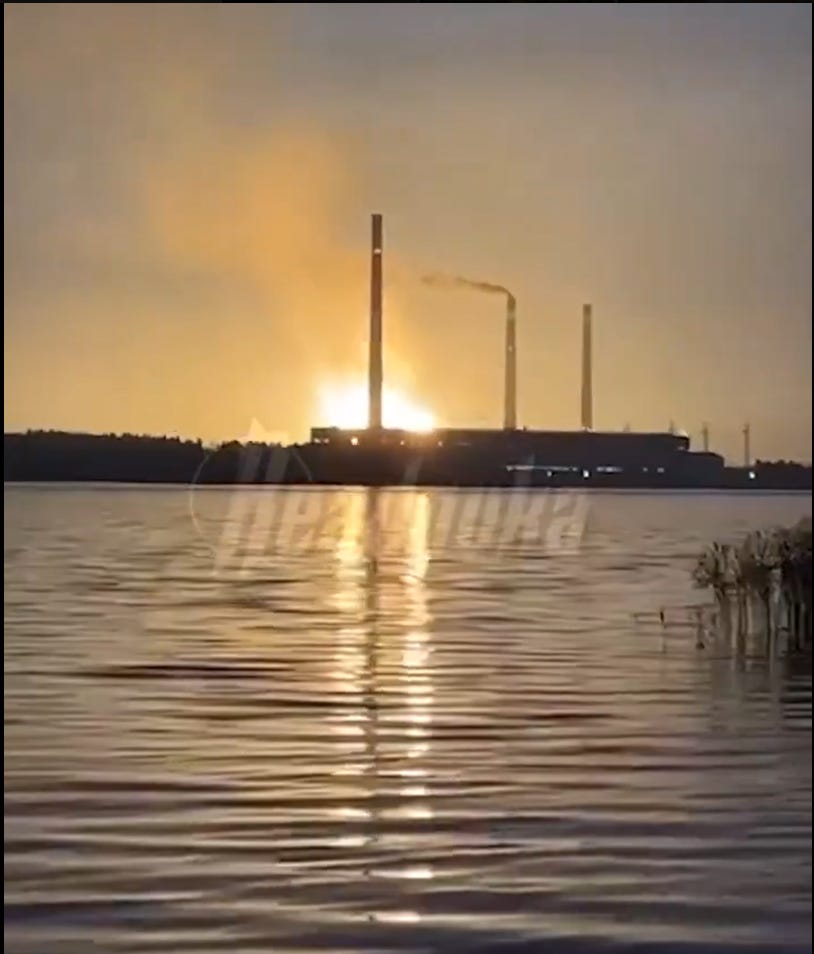





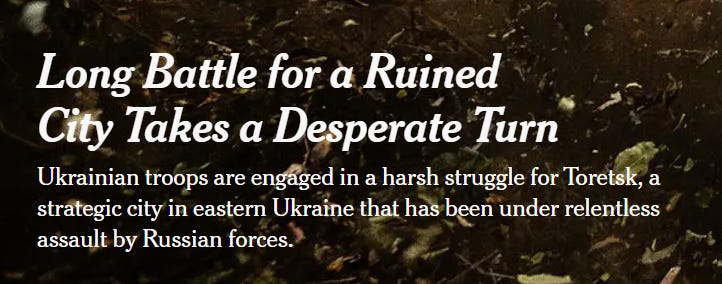


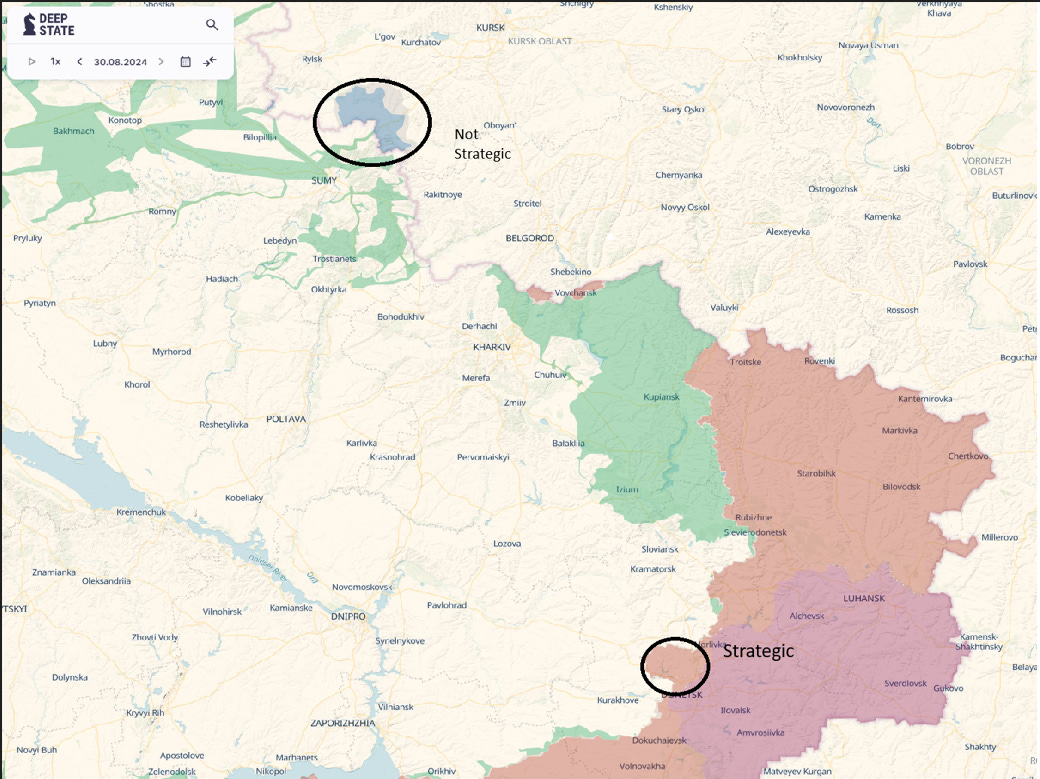
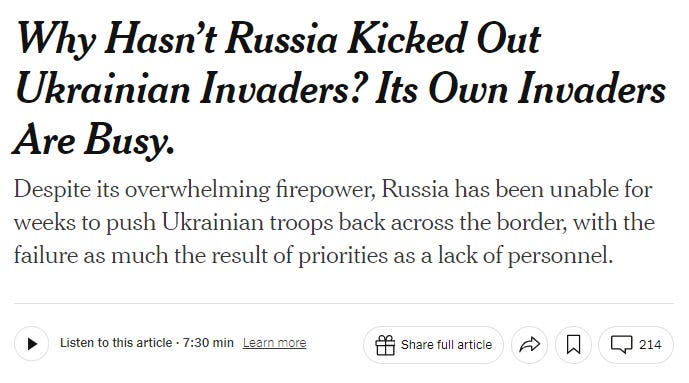
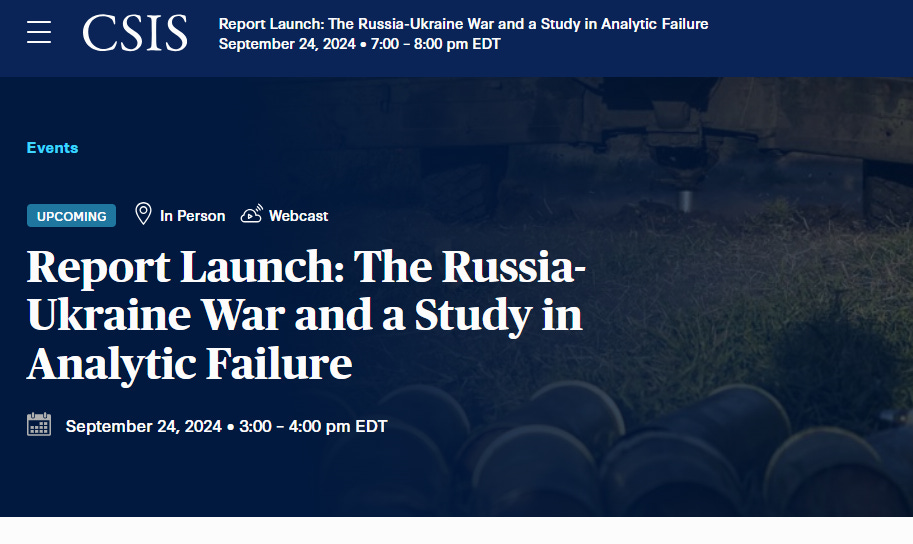

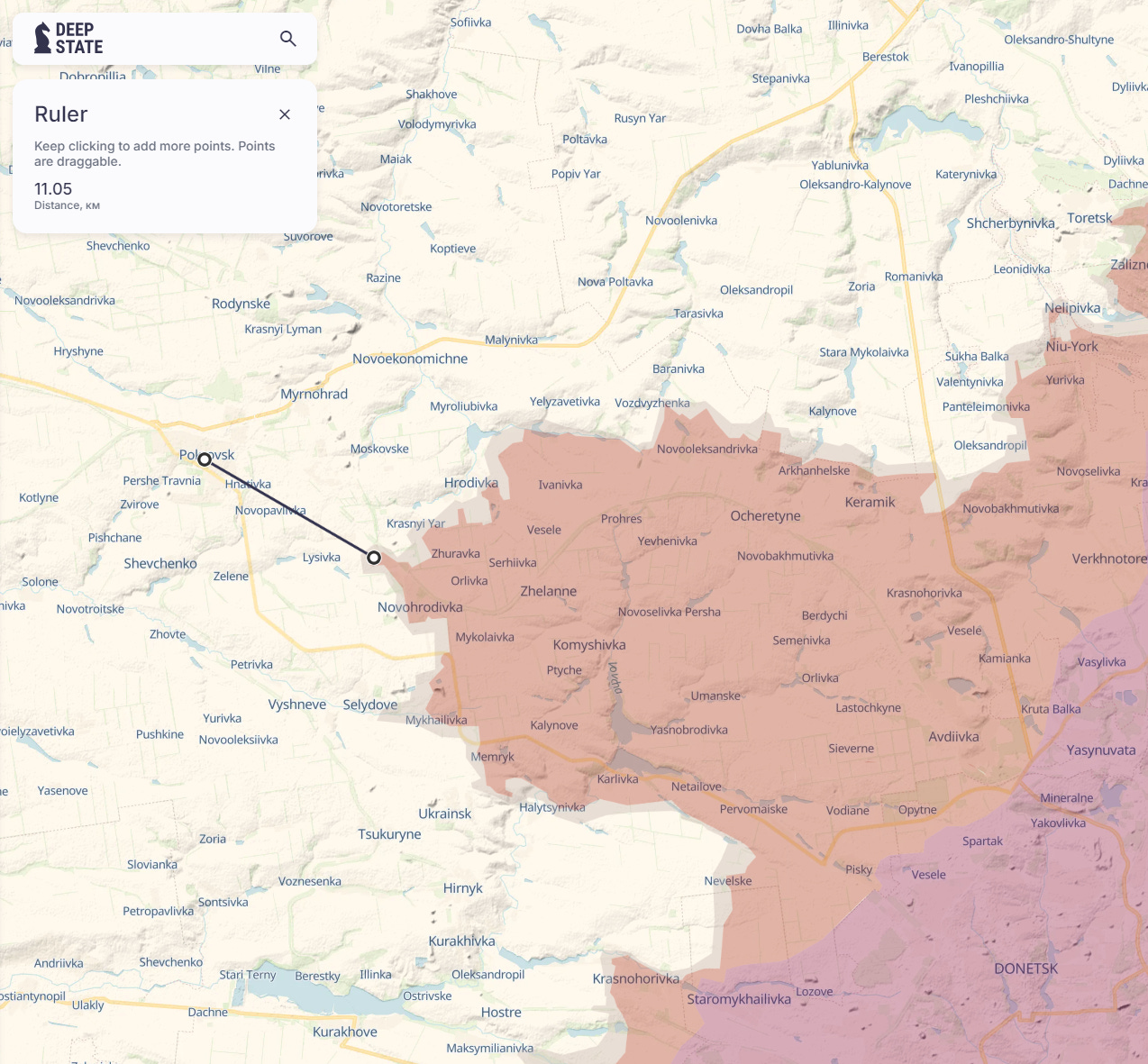

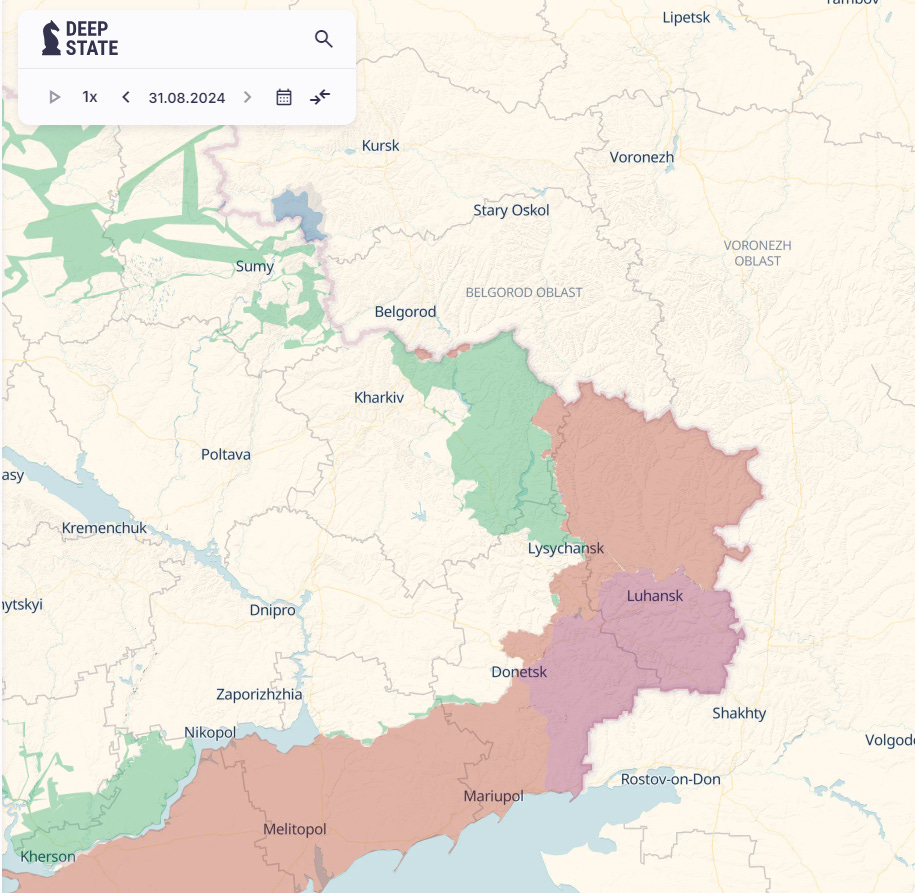
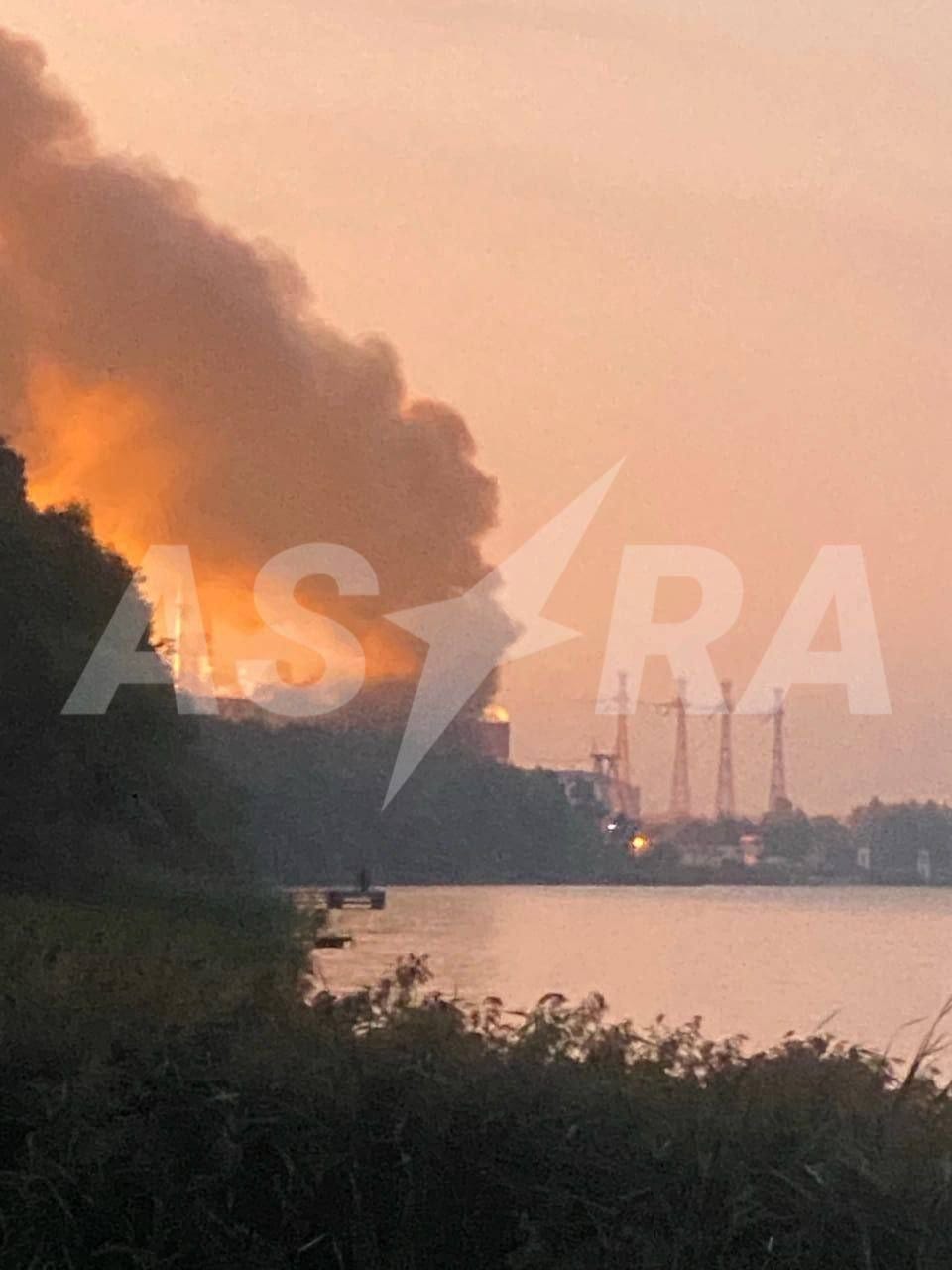
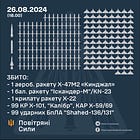


















0 comments:
Post a Comment